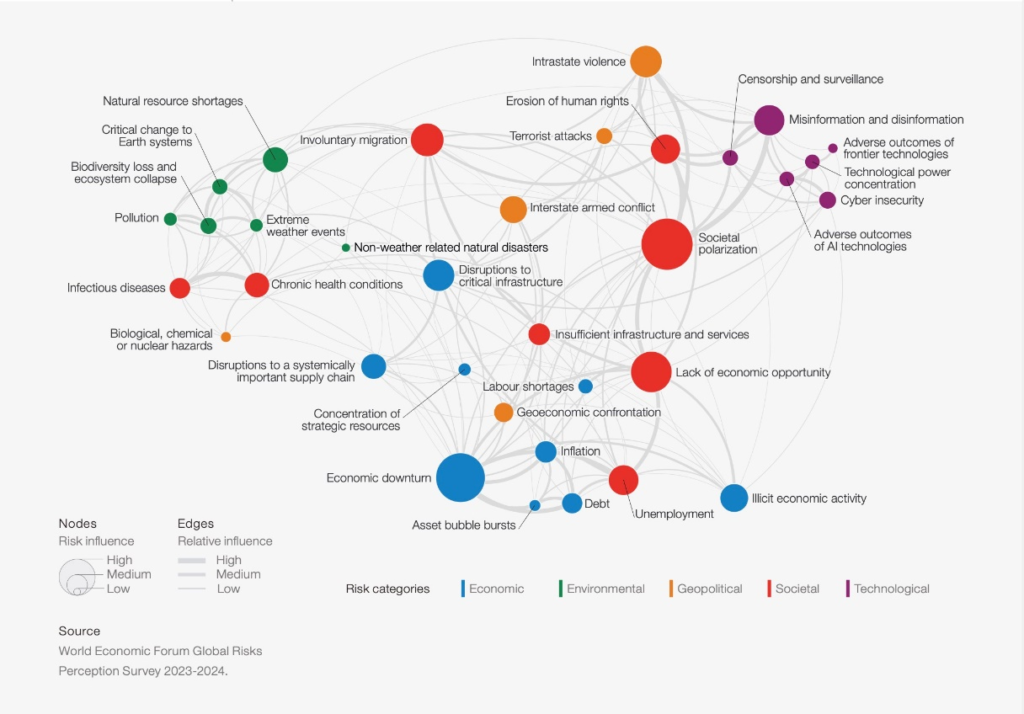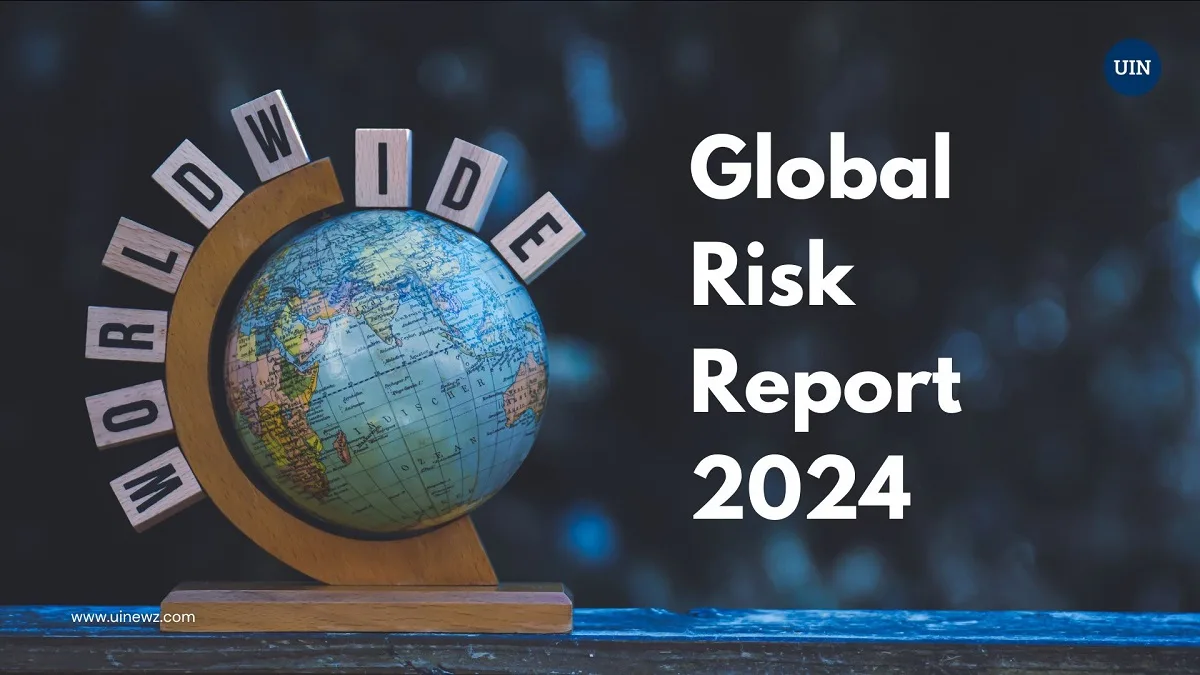As the World Economic Forum (WEF) unveils the Global Risks Report 2024, it becomes evident that environmental challenges are overwhelmingly shaping the global agenda for the foreseeable future. Amidst the whirlwind of technological advancements, economic fluctuations, climate change, and geopolitical conflicts, environmental concerns take center stage as the principal threat to worldwide stability and resilience.
The Paramount Threats of Climate and Environmental Change
The report places extreme weather events at the forefront of risks poised to create material crises globally in 2024. This is closely followed by significant changes to Earth’s systems, including the loss of biodiversity, ocean acidification, and widespread land degradation. These environmental issues not only dominate concerns for the upcoming year but are also projected to be among the top risks in terms of their impact and likelihood over the next decade. They share the spotlight with the failure to take climate action and the crises related to natural resources.
A stark warning accompanies these findings, indicating that environmental risks are nearing a critical tipping point. The world is already dealing with the effects of a 1.1°C temperature rise above pre-industrial levels. The report cautions that we are on track to surpass the 1.5°C threshold by 2030 unless there is urgent, collective action to substantially cut greenhouse gas emissions.
The Complex Web of Risk Interconnectivity
Furthermore, the report draws attention to the intricate web of interconnectedness between environmental risks and other global challenges, from societal unrest to cyber threats, international tension, and the spread of infectious diseases. These interdependencies create complex feedback loops, amplifying the overall risk landscape.
A pivotal element of the report is the Global Risks Landscape—a visual representation mapping the likelihood and impact of various risks over the next decade. Here, environmental concerns are prominently situated in the high-likelihood, high-impact quadrant, underscoring their critical importance. Conversely, other risks span a broader range, highlighting the diverse nature of global threats.
The landscape also serves to illustrate the intricate ties between various risks. For instance, failure to address climate change is likely to intensify problems such as water shortages, food scarcity, biodiversity depletion, and mass migration, potentially sparking conflicts and violence.

Glocal risks landscape: an interconnections map
Source: The Global Risks Report 2024
In essence, the Global Risks Report 2024 serves as a clarion call to global leaders and communities: the window for effective action on environmental threats is closing rapidly. It underscores the urgency for decisive and integrated strategies to manage these risks before they escalate beyond our control, jeopardizing the very fabric of global society.



